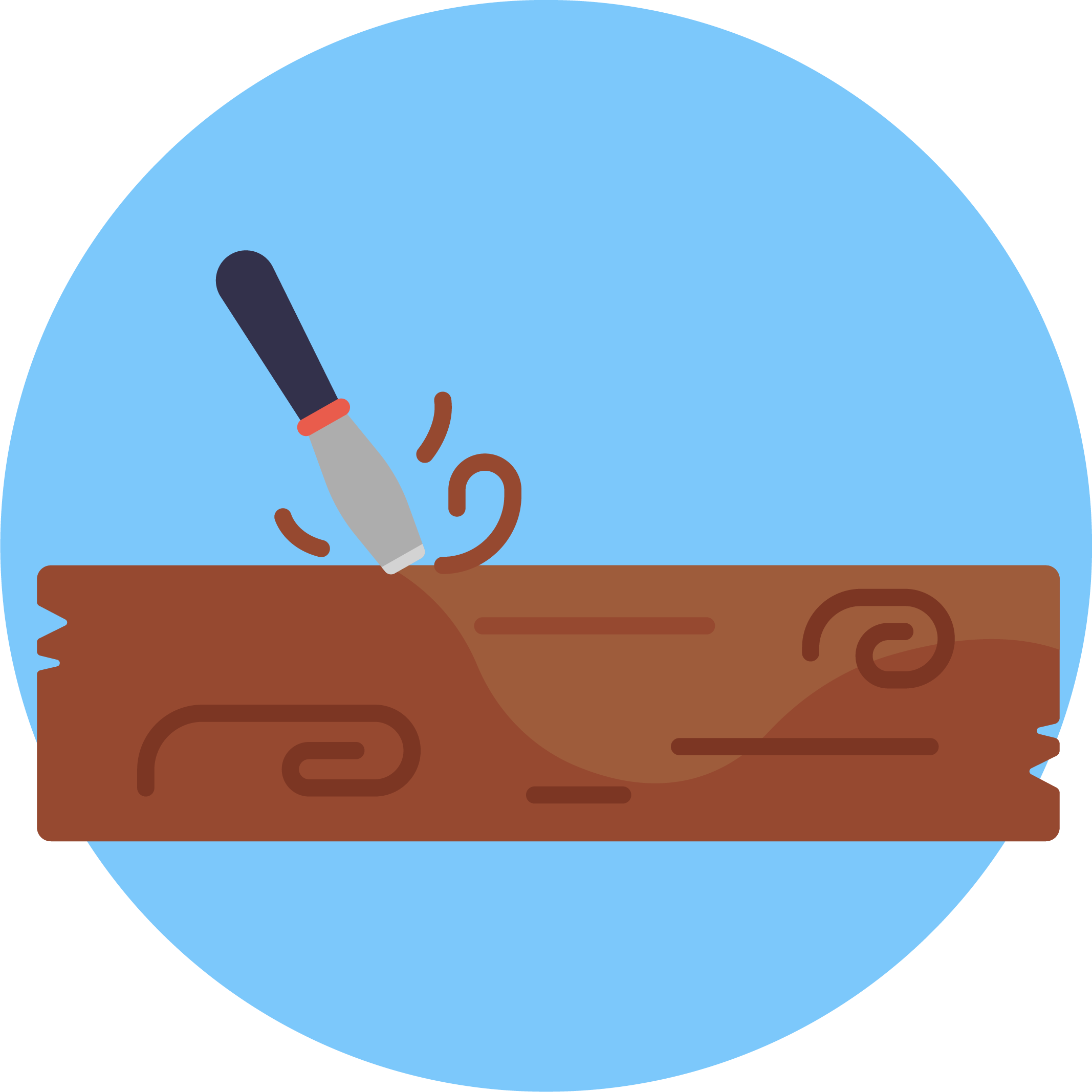
Woodcarving has long been regarded as one of the most expressive forms of craftsmanship. Its essence lies not only in shaping material but in uncovering the hidden character within every piece of wood. For many artisans, carving is a dialogue between the creator and the material — a process of discovery, patience, and intentional design. At CarveTimberArt, the approach to carving blends heritage traditions with contemporary creative exploration, giving every student the chance to develop their own artistic voice.
Understanding the Nature of Wood
Before any carving tool touches the surface, an essential step begins: analyzing the wood itself. The type of grain, density, and natural patterns determine what the block can become.
• Softwood offers flexibility and easy shaping, suitable for beginners exploring foundational techniques.
• Hardwood demands precision but rewards the artisan with defined edges and durable structures.
• Grain direction influences the stability of cuts, guiding the carver toward smooth, clean lines.
Recognizing these qualities forms the foundation of confident craftsmanship.
Developing a Strong Creative Method
A refined carving practice requires a structured yet flexible approach.
- Begin with conceptual sketching to form the outline of the final shape.
- Divide the piece into stages: rough shaping, mid-level refinement, and detailed finishing.
- Use controlled hand movements to avoid removing excess material prematurely.
- Introduce texture gradually to create depth and visual dimension.
Each step supports clarity, minimizing mistakes while enhancing artistic flow.
Tools That Bring Designs to Life
Carving tools extend the artist’s intentions into tangible form. While tool variety is extensive, thoughtful selection is key.
Chisels define major contours, while gouges build curvature and fluid transitions. V-tools allow for sharp accents, ideal for ornamental patterns. Sharpening remains one of the most essential skills — a well-maintained edge ensures safety, control, and a clean finish.
A structured toolkit helps beginners progress confidently and enables experienced artists to expand their stylistic range.
From Concept to Final Piece
The final stage of woodcarving merges patience and artistry. After shaping comes surface refinement through sanding, smoothing, and careful detail enhancement. Depending on the creative intention, the finished piece may be treated with oils, waxes, or natural finishes that highlight grain patterns and protect the wood.
This phase transforms a crafted form into a complete piece of art — one that reflects both skill and personal expression.
Why Carving Remains Timeless
Woodcarving endures because it represents a balance of discipline and creativity. It offers a meditative experience, allowing artisans to engage deeply with their material while continuously refining their technique. The simplicity of tools combined with the complexity of results makes it a craft that evolves with every generation.
CarveTimberArt continues this tradition by supporting learners at every stage, encouraging them to explore their abilities and discover the beauty hidden within each wooden block.
